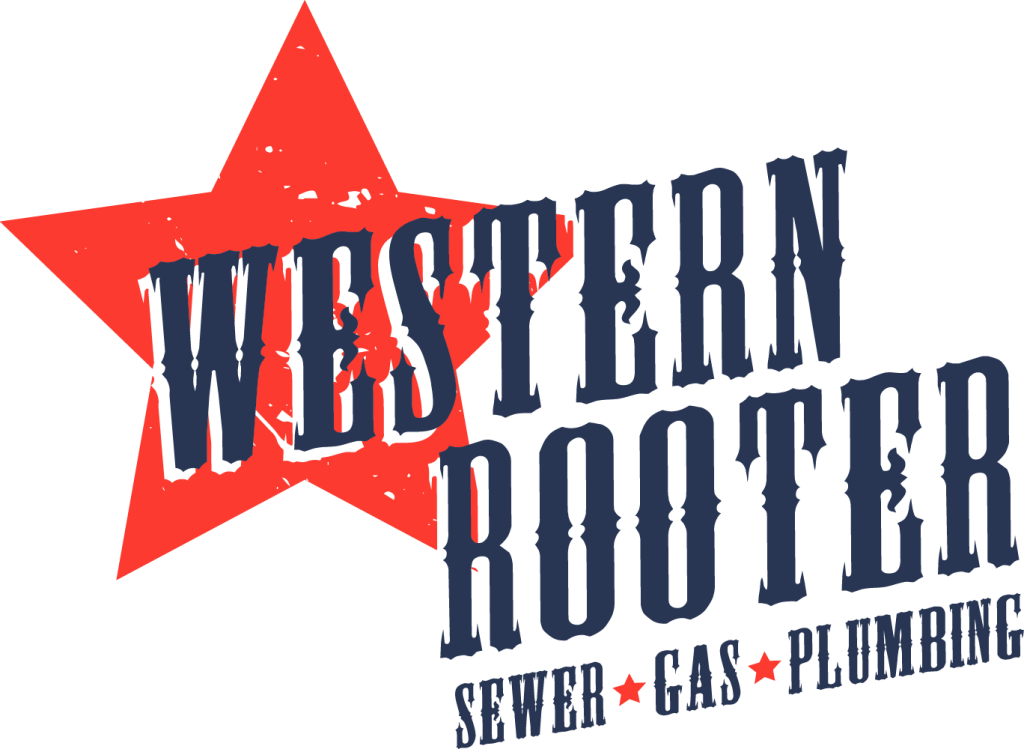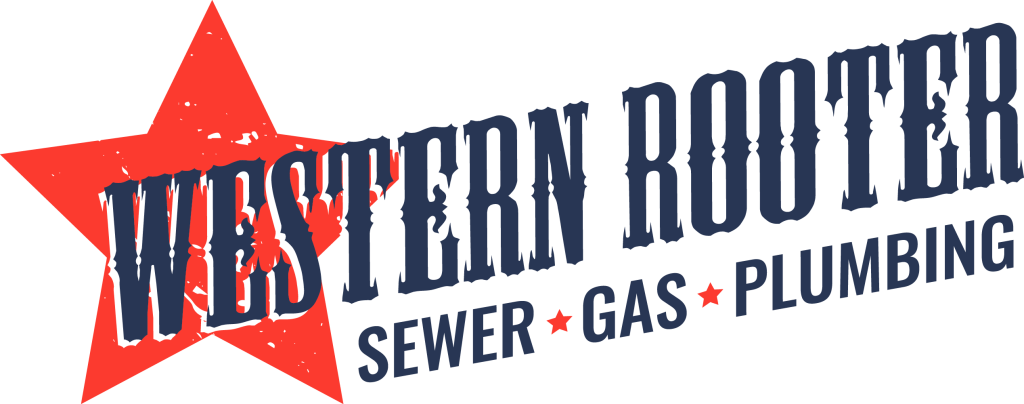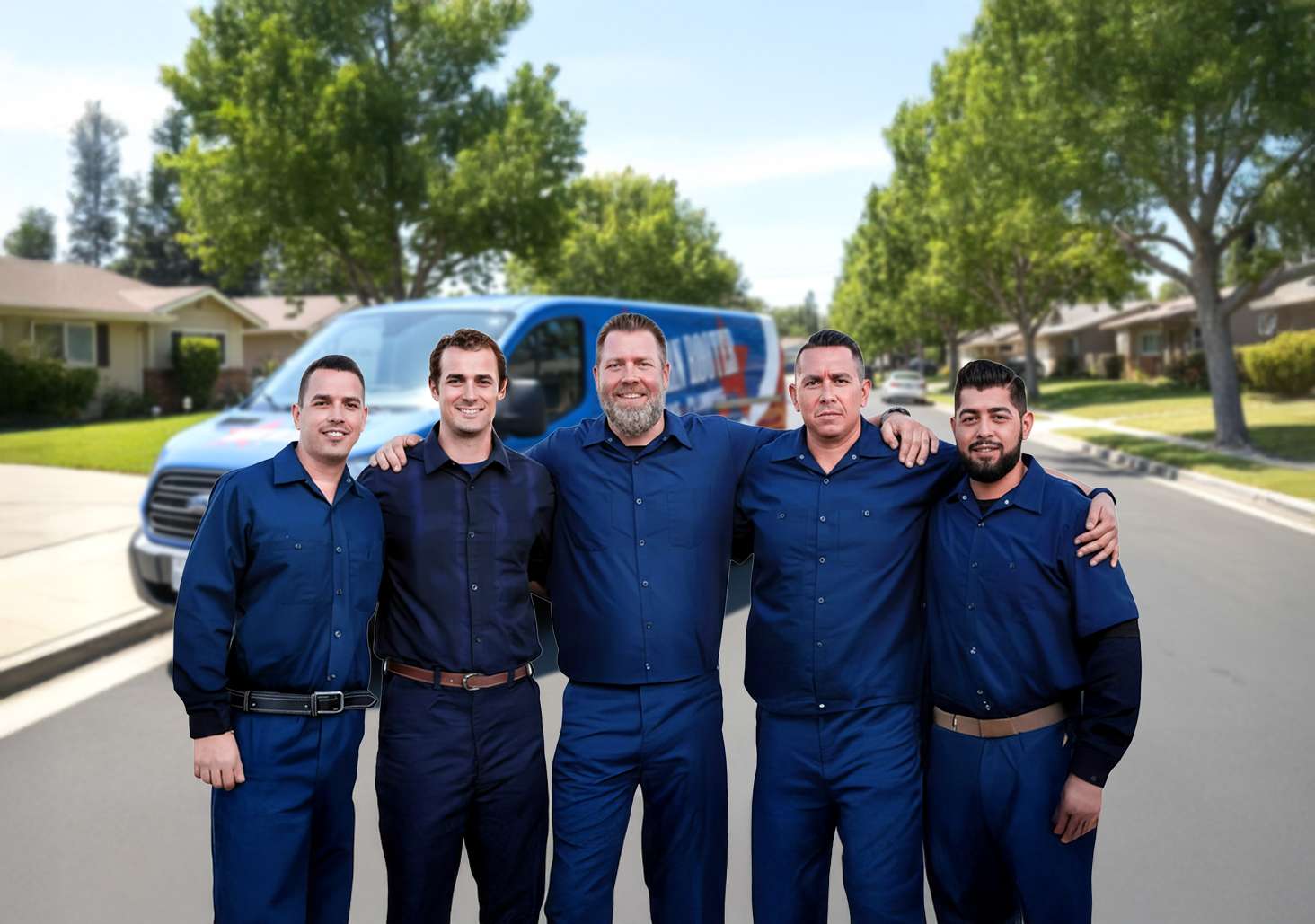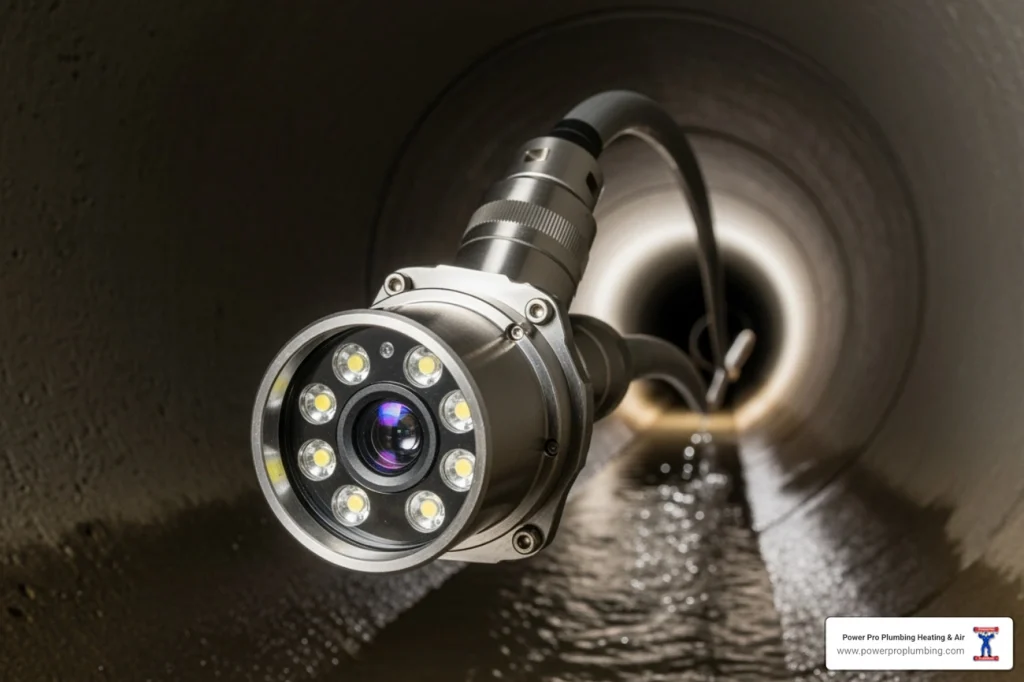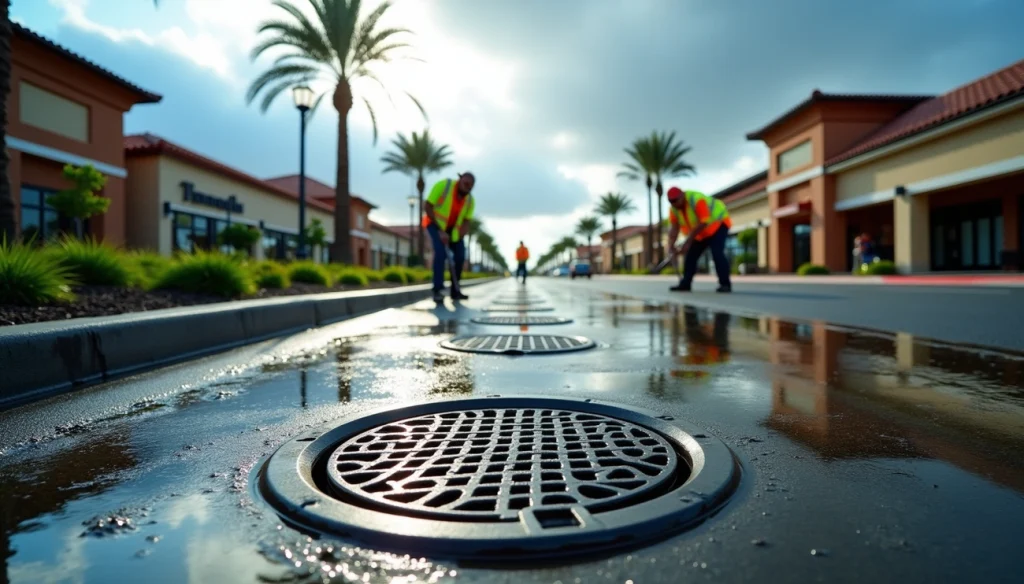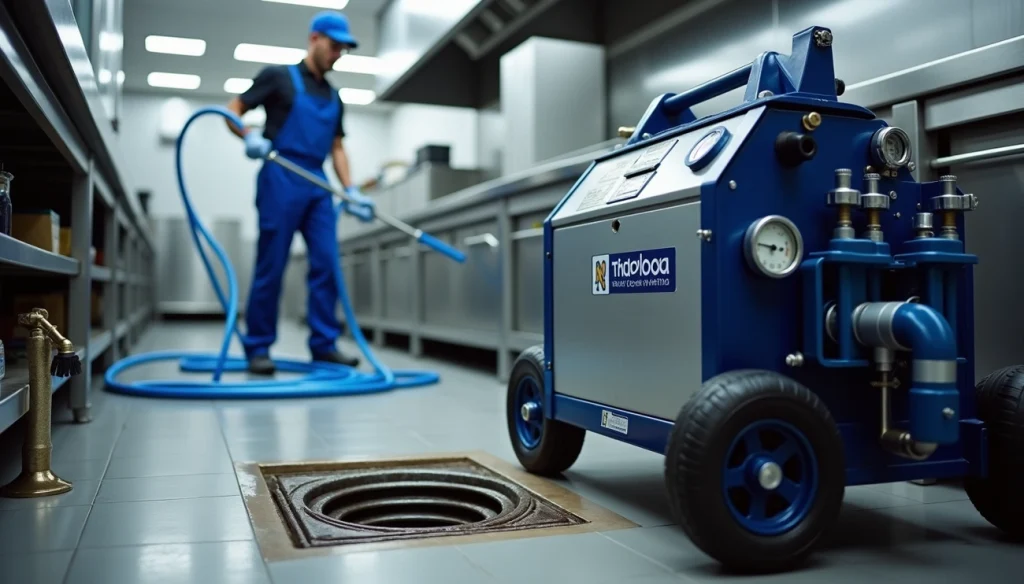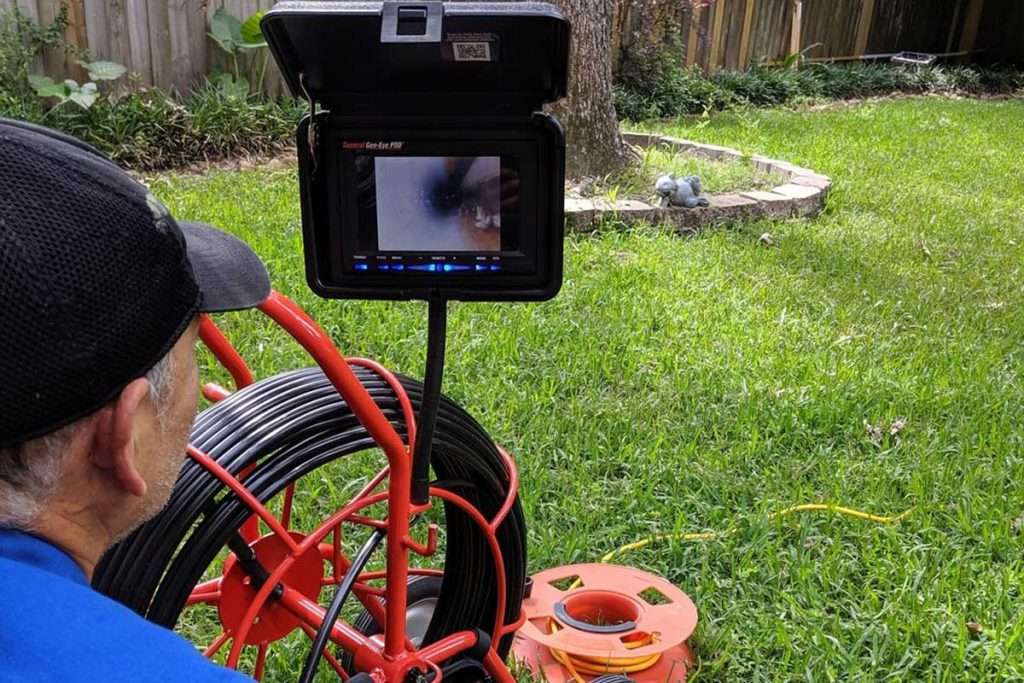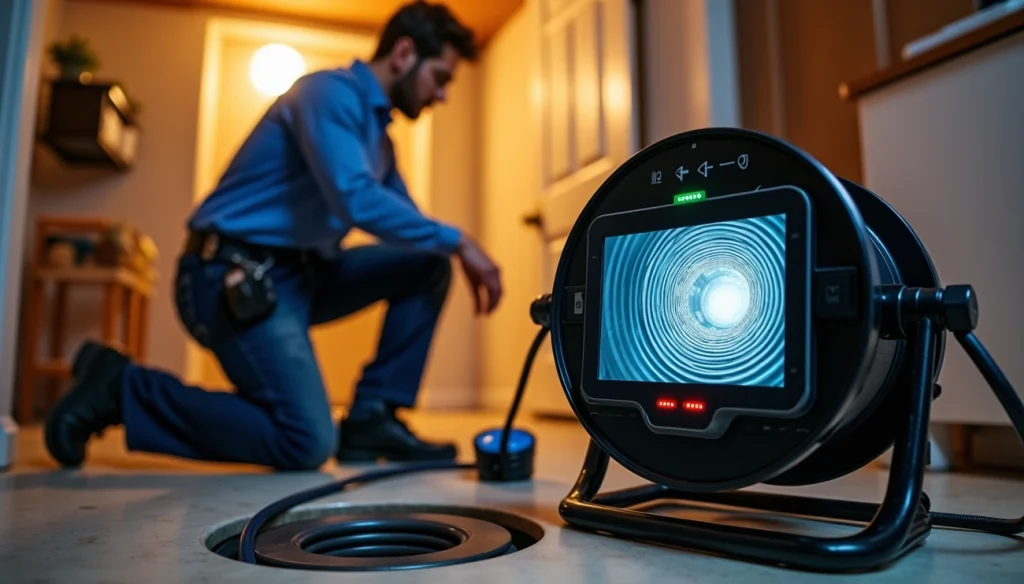Here’s a question we receive a lot: How to find hidden leaks? Finding them can be a frustrating and time-consuming task, but it’s important to locate and repair them as soon as possible to avoid further damage to your home and avoid wasting water. Here are a few methods you can use to locate a water leak:
Check for water damage: One of the most obvious signs of a hidden water leak is water damage. Look for discoloration or stains on walls, floors, and ceilings, especially in areas that don’t normally come into contact with water. You may also notice peeling paint or wallpaper, or a musty smell, which can be indicative of a water damage from a leakage. Pay particular attention to areas such as under sinks, behind appliances, and near pipes, as these are common places for leaking to be found.
Listen for unusual sounds: If you hear a hissing or dripping sound, this could be a sign of a pinhole or a crack in a pipe. These sounds may be difficult to hear, especially if the rupture in the pipe is small, but they can often be heard if you listen closely. You may want to turn off any appliances or other sources of noise that could be masking the sound of water flowing, and then listen for any unusual noises.
Check for higher than normal water bills: If you see a sudden increase in your water bill without any change in your water usage, it could be a sign that you have a hidden leak. This is especially true if you are not using any more water than usual, as uncontrolled water flow can cause your water usage to increase without you realizing it. Keep track of your water usage and compare it to your water bills to see if there is a discrepancy that could indicate water is leaking somewhere it shouldn’t be.
Use a moisture meter: A moisture meter is a device that measures the moisture content of materials. You can purchase a moisture meter at a hardware store and use it to check for moisture in areas where leaks are likely to occur, such as under sinks and behind appliances. Simply place the probe of the moisture meter against the surface you want to test and it will give you a reading of the moisture content. If the reading is higher than normal, this could be a sign of a leak.
Inspect pipes: If you have access to the pipes in your home, you can inspect them for any visible signs of damage or leakage. Look for cracks, corrosion, or other abnormalities that could indicate a leak. You may also want to check the seals around pipes to ensure they are not leaking. If you are not comfortable inspecting the pipes yourself, or if you are unable to access them, you may want to consider hiring a professional plumber to inspect the pipes for you.
Hire a professional: If you are unable to locate the leak yourself, or if you are not comfortable attempting to repair it, you may want to consider hiring a professional plumber to detect, locate and repair damaged pipes. They have specialized equipment and expertise that can help identify and fix hidden leaks. This is especially important if you are unable to access the pipes in your home or if the damaged pipe is in a hard-to-reach area.
It’s important to note that some damage or erosion to pipes may be more difficult to find than others, and it may take some time and effort to locate them. However, the sooner you identify and repair a leak, the less damage it’s likely to cause to your home and the more water and money you will save. So, it’s always better to be proactive and take the necessary steps to find and fix hidden leaks as soon as possible.
If you do suspect that you have a hidden leakage, it’s important to act quickly to minimize the damage. Shut off the water supply to your home if you are able to do so safely, and then begin the process of trying to locate any damaged water lines before turning on the water supply again.
If you’d like professional help from a top rated local plumber, give us a call! We’re happy to help. You can reach us anytime at 626.448.6455
